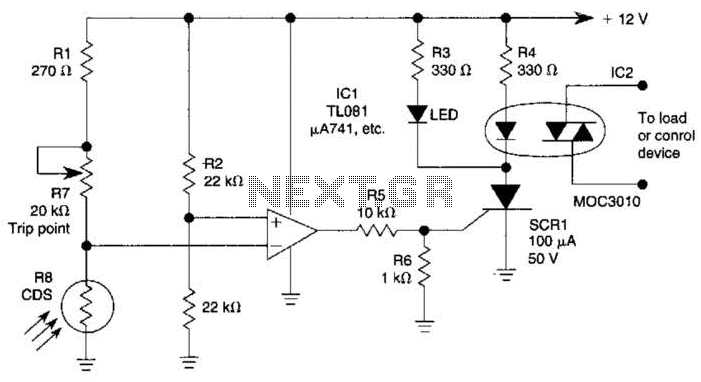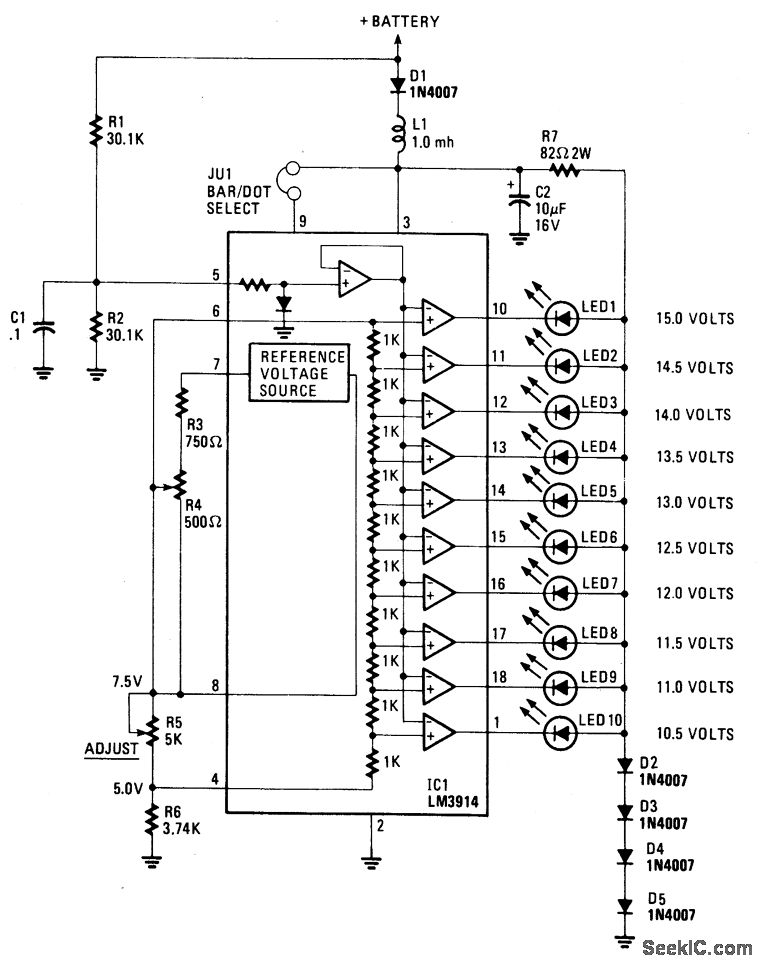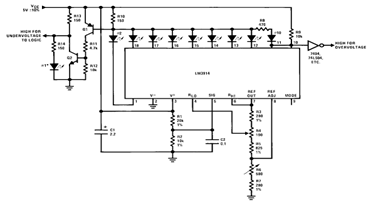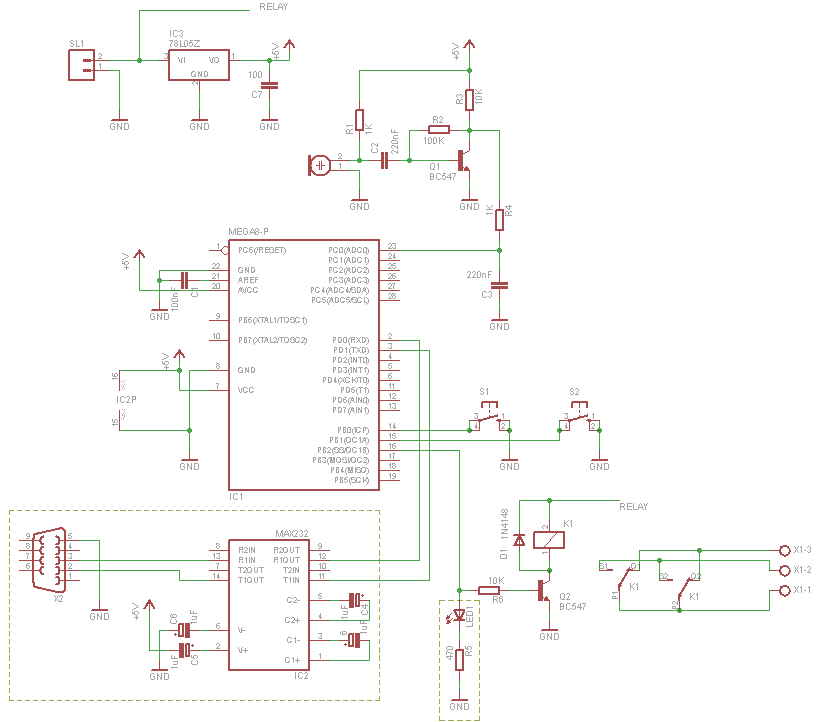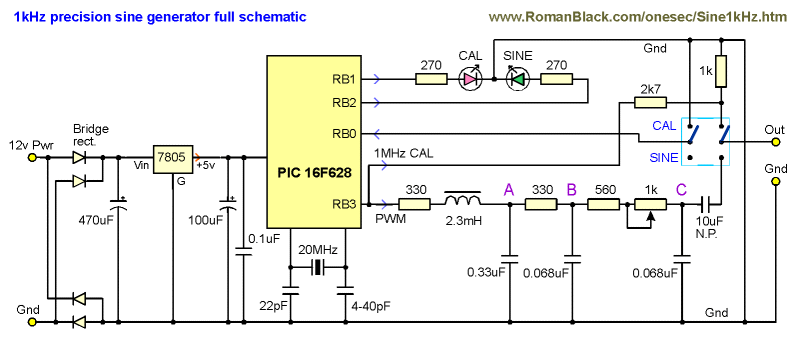
PRECISION AC VOLTMETER

This circuit measures alternating current (AC) voltages in the range of 95 to 135 volts with an accuracy of 0.6%, utilizing a standard meter that has a 2% accuracy rating. The circuit employs Zener diodes to provide a stable reference voltage.
The circuit design leverages the properties of Zener diodes to enhance measurement accuracy significantly. The basic principle involves using a Zener diode to establish a precise reference voltage, which compensates for the inherent inaccuracies of the measuring device. In this configuration, the Zener diode is connected in reverse bias to maintain a constant voltage across its terminals, which serves as a reference point for the measurements.
The AC voltage to be measured is first rectified using a full-wave rectifier circuit, which converts the alternating current into direct current (DC). This rectified voltage is then scaled down to a suitable level for the meter using a voltage divider network. The values of the resistors in the divider are chosen based on the expected input voltage range and the desired output voltage to ensure that the meter operates within its optimal range.
The output from the voltage divider is compared to the reference voltage provided by the Zener diode. Any deviation from the reference voltage indicates a variation in the measured AC voltage. This feedback loop allows for adjustments to be made, thereby improving the overall accuracy of the measurement.
The circuit may include additional components such as capacitors for filtering noise and transient spikes, ensuring that the readings are stable and reliable. The final output can be displayed on a digital voltmeter or an analog meter, depending on the application requirements.
Overall, this circuit design not only enhances the measurement accuracy of AC voltages but also demonstrates the practical application of Zener diodes in electronic measurement systems.Measures a-c voltages between 95 and 135 v with 0. 6% accuracy while using ordinary 2% accuracy meter. Zener diodes provide reference voltage. -D. S. Belanger, Simple Circuit Increases Measurement Accuracy, Electronics, 38:22, p 69. 🔗 External reference
The circuit design leverages the properties of Zener diodes to enhance measurement accuracy significantly. The basic principle involves using a Zener diode to establish a precise reference voltage, which compensates for the inherent inaccuracies of the measuring device. In this configuration, the Zener diode is connected in reverse bias to maintain a constant voltage across its terminals, which serves as a reference point for the measurements.
The AC voltage to be measured is first rectified using a full-wave rectifier circuit, which converts the alternating current into direct current (DC). This rectified voltage is then scaled down to a suitable level for the meter using a voltage divider network. The values of the resistors in the divider are chosen based on the expected input voltage range and the desired output voltage to ensure that the meter operates within its optimal range.
The output from the voltage divider is compared to the reference voltage provided by the Zener diode. Any deviation from the reference voltage indicates a variation in the measured AC voltage. This feedback loop allows for adjustments to be made, thereby improving the overall accuracy of the measurement.
The circuit may include additional components such as capacitors for filtering noise and transient spikes, ensuring that the readings are stable and reliable. The final output can be displayed on a digital voltmeter or an analog meter, depending on the application requirements.
Overall, this circuit design not only enhances the measurement accuracy of AC voltages but also demonstrates the practical application of Zener diodes in electronic measurement systems.Measures a-c voltages between 95 and 135 v with 0. 6% accuracy while using ordinary 2% accuracy meter. Zener diodes provide reference voltage. -D. S. Belanger, Simple Circuit Increases Measurement Accuracy, Electronics, 38:22, p 69. 🔗 External reference
